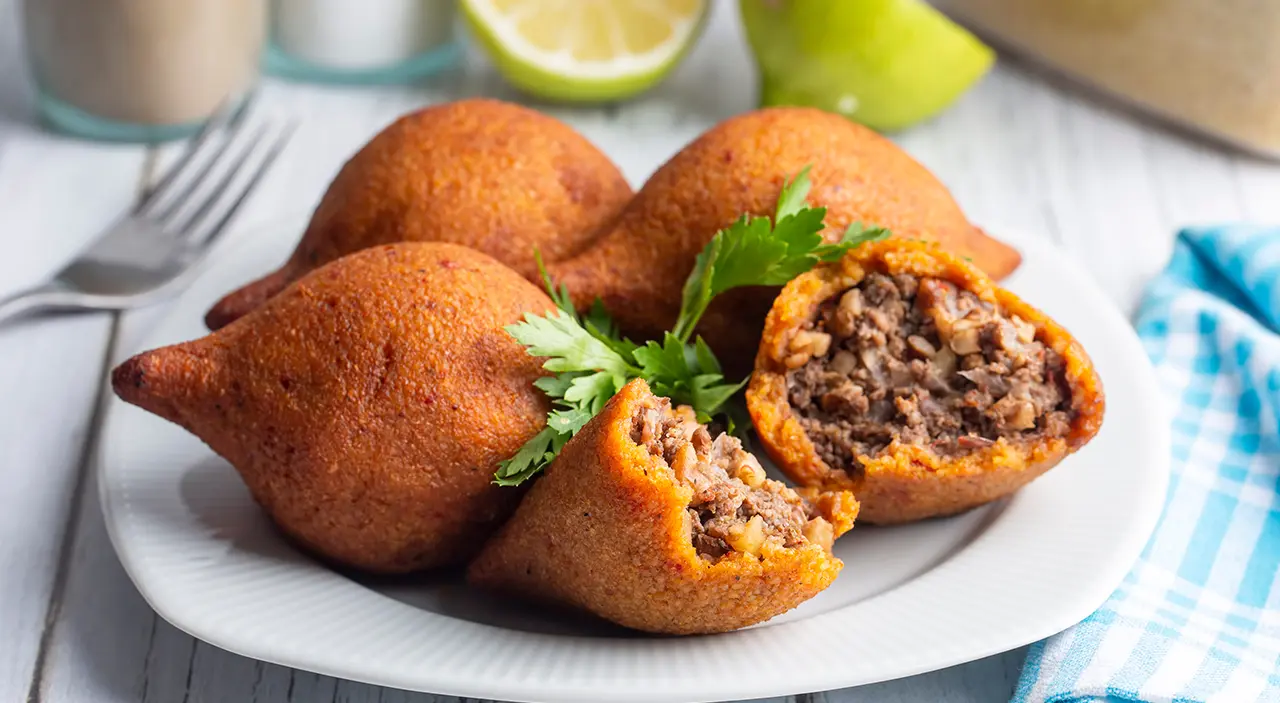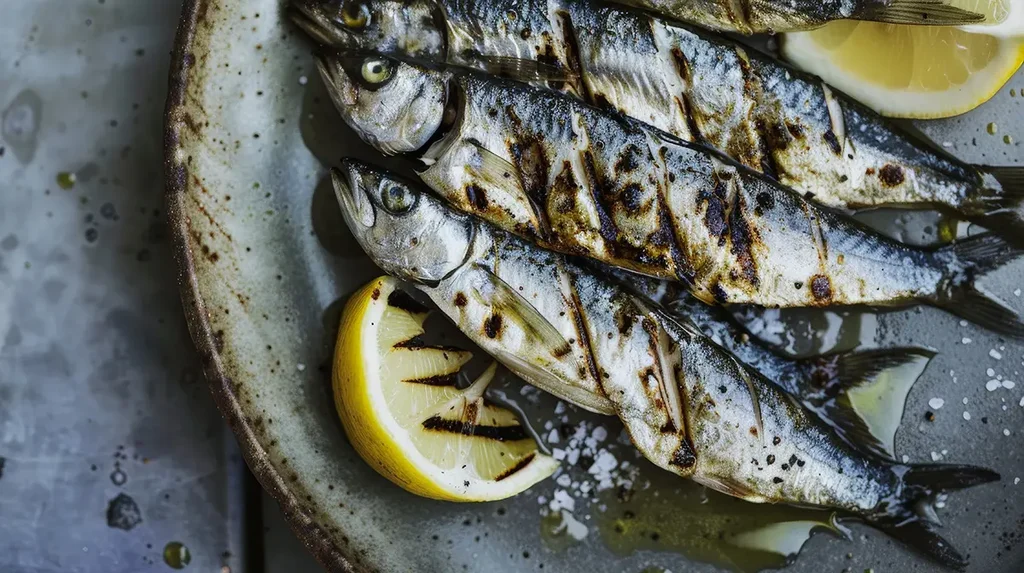
The Mediterranean is a culinary melting pot, where tradition and flavour blend to create a diverse food culture. From the Levant's focus on hospitality and vibrant flavours to the Maghreb's hearty dishes and intricate spice blends, each region tells a unique story through its iconic dishes and cooking techniques.
The Mediterranean is a culinary treasure trove, where the flavours of the land and sea combine with centuries-old traditions to create a rich and diverse food culture. Each region along its shores tells a story through its cuisine, shaped by geography, history, and the rhythms of nature. While Italian, French, and Greek cuisines often dominate discussions about Mediterranean food, lesser-known regions like the Levant, Maghreb, and parts of the Adriatic coast offer equally fascinating and delicious culinary practices.
This post explores the unique traditions of these regions, focusing on their iconic dishes, time-honoured cooking techniques, and the cultural importance of food.
The Levant, encompassing countries such as Lebanon, Syria, Jordan, and Palestine, is a region where food is deeply entwined with hospitality and family life. Meals in the Levant are not just about nourishment but about creating connections and fostering a sense of community. Whether it’s a casual family meal or a grand celebration, the dining table is a place of warmth and generosity.
Levantine cooking is known for its vibrant flavours and fresh ingredients. Olive oil, garlic, lemon, and an array of herbs like parsley, mint, and za’atar form the backbone of its cuisine. Cooking methods often involve grilling over charcoal, slow simmering, and incorporating pickled or fermented components to add tangy depth.
Food in the Levant is synonymous with hospitality. Mezze culture reflects the value of sharing, as small plates encourage conversation and bonding. Meals are often accompanied by stories and laughter, reinforcing the idea that food is not just about eating but about coming together.
The Maghreb, comprising Morocco, Algeria, and Tunisia, is a region where Arab, Berber, and French influences converge to create a bold and vibrant culinary identity. Maghrebi cuisine is marked by the use of intricate spice blends, slow-cooked stews, and hearty dishes that speak to the region’s resourcefulness and creativity.
In the Maghreb, food is prepared with care and attention, often involving slow-cooking methods like braising and steaming. Preserved ingredients, such as lemons and olives, are staples, adding depth and complexity to dishes. Communal meals are common, with families often sharing large platters of food.
Maghrebi food reflects the region’s history and adaptability. Dishes often feature preserved ingredients, a testament to the region’s arid climate and the need to make food last. Food is central to celebrations and rituals, from Ramadan feasts to family gatherings around a steaming pot of couscous.
The Adriatic coast, stretching along countries like Croatia, Slovenia, Montenegro, and Albania, is a region where food is deeply tied to the sea. While Italian cuisine is often the focus of Adriatic culinary discussions, the lesser-known traditions of its neighbouring countries offer a fascinating exploration of fresh, simple, and flavourful cooking.

Adriatic cuisine celebrates the connection between land and sea. Fresh seafood is the star, prepared with minimal seasoning to let its natural flavours shine. Olive oil, garlic, and herbs are staples, and many dishes are cooked over open flames or in wood-fired ovens.
Food along the Adriatic coast is shaped by its maritime traditions. Fishing remains a vital part of life, and many coastal communities celebrate the sea’s bounty through festivals and seasonal dishes. These meals are often simple, reflecting a reliance on fresh, local ingredients and a respect for the natural environment.
Despite their differences, the Levant, Maghreb, and Adriatic regions share key values that define Mediterranean cuisine:
The Mediterranean’s culinary diversity is as vast as its shores, and exploring lesser-known regions like the Levant, Maghreb, and Adriatic coast reveals a treasure trove of traditions, flavours, and stories. From the herb-laden dishes of the Levant to the spice-rich stews of the Maghreb and the seafood simplicity of the Adriatic, each region offers something unique yet connected by shared values of hospitality, seasonality, and respect for nature.
As we celebrate these traditions, let’s take inspiration from their timeless wisdom—cooking with care, embracing local ingredients, and cherishing the communal act of sharing a meal. Which regional tradition inspires you the most? Share your thoughts, and let’s continue to explore the rich tapestry of Mediterranean cuisine together.

At Med.kitchen, our passion lies in crafting exceptional culinary experiences through our online platform. We specialise in sharing a wealth of knowledge via articles, recipes, courses, and online mentoring, aiming to inspire both novice and seasoned chefs alike. Our focus has shifted from private dining to being an online source of gastronomic inspiration, allowing you to explore and refine your culinary skills from the comfort of your home..